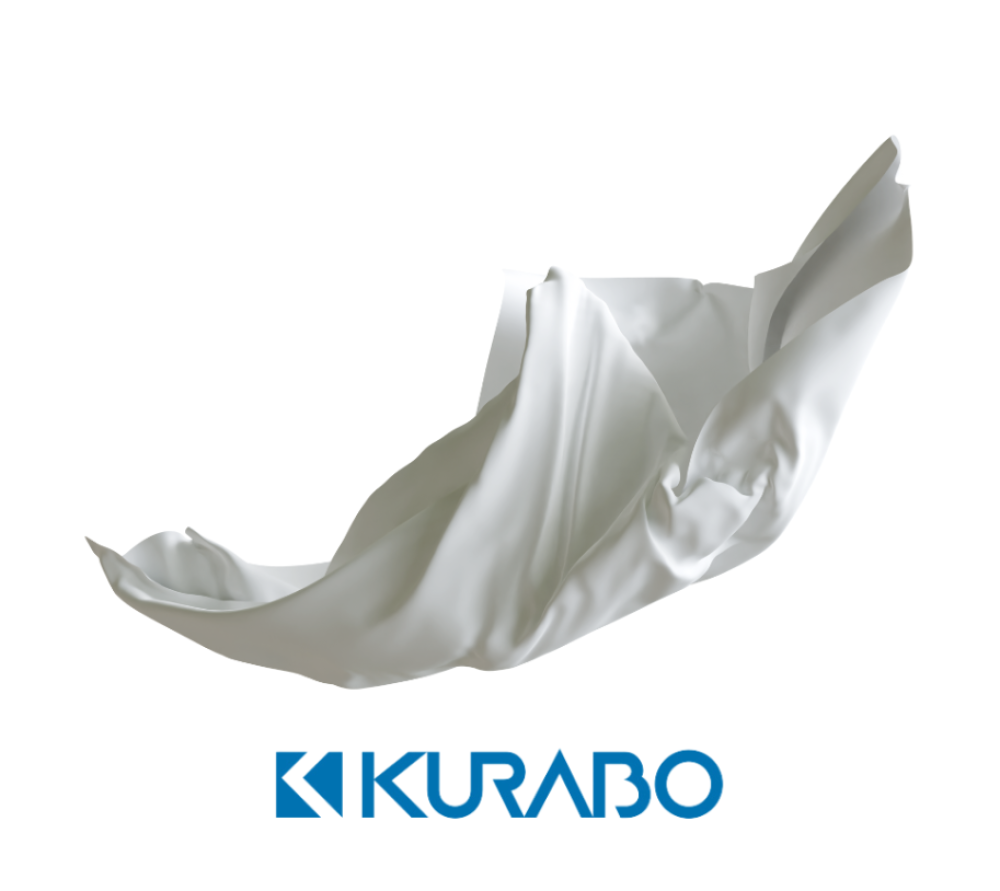How to distinguish between original and fake fabric? Your smart guide with Sofar Fabrics
In the world of fabrics, distinguishing between authentic and imitation fabrics can be a difficult task for many shoppers, especially with the proliferation of imitation materials that look similar to the original but are completely different in performance and quality. Some imitation fabrics may sell for high prices, yet they don't last or offer the same luxurious feel as the original fabric.
In this article, we present a practical guide from Sofar Fabrics that helps you distinguish original fabric from imitation, using simple steps and advice from industry experts.
First: What is the essential difference between original and imitation fabric?
- Genuine Fabric: Made from high-quality natural or synthetic fibers, manufactured to precise standards, it offers durability, comfort, and a distinctive touch.
- Imitation fabric: It may look similar to the original, but it is often of lower quality, wears out quickly, and does not provide the desired comfort or elegance.
Second: Signs that easily distinguish the original fabric
1. Texture
Genuine fabric is soft and supple to the touch, giving you an immediate sense of luxury. Imitations, on the other hand, may be rough, sticky, or unnaturally light.
2. Color and fastness
Genuine fabrics are colorfast and do not fade quickly, while imitation fabrics often lose their color with the first wash.
3. Fabric smell
You may notice a strong chemical smell in fake fabrics due to the synthetic materials used, unlike real fabrics that do not emit strong odors.
4. Weight and fluidity
Authentic luxury fabrics have a calculated weight that makes them drape smoothly, while traditional fabrics can be light or unstable on the body.
5. How to interact with water
You can test the fabric by spraying a little water on it: natural fabric absorbs water gradually, while imitation fabric collects water on its surface.
Third: Simple home tests
• Burn test:
Burn a small end of the fabric:
- Genuine cotton burns with a papery smell and leaves a fine ash.
- Synthetic or imitation fabrics melt and give off a plastic smell.
• Stretch test:
Pull back a section of fabric: Good fabric springs back into place quickly without stretching or wrinkling easily.
Fourth: Common mistakes to avoid
- Relying on looks alone: Not everything that looks good is a premium material.
- Buying from unreliable sources: Traditional fabrics are often sold in untrusted markets.
- Ignoring washing and care instructions: Improper care can damage even the finest materials.
Guaranteed original raw materials from Sofar Fabrics
At Sofar Fabrics , we guarantee that all fabrics available are authentic and carefully tested, and we provide clear information about each material, including:
- country of origin
- Fiber type
- How to care and use
Some of our featured varieties:
- 100% Egyptian cotton, superior quality
- Luxury Japanese Crepe
- Tropical is practical and versatile.
- Soft and luxurious viscose
Traditional materials that mimic the original: How do you deal with them?
Some traditional fabrics are suitable for temporary use or simple projects, but they are not recommended for formal or everyday wear that requires comfort and durability. If you decide to use them:
- Don't pay too high a price.
- Use it in designs that don't require a lot of movement.
- Make sure to hand wash in cold water.
Final word
Choosing the right fabric is an investment in comfort and style. Don't let imitation fabrics fool you with their appearance or price; always look for true quality. At Sofar Fabrics , we strive to offer the best in quality, price, and variety.
Shop with confidence, and start every design with the material it deserves.


